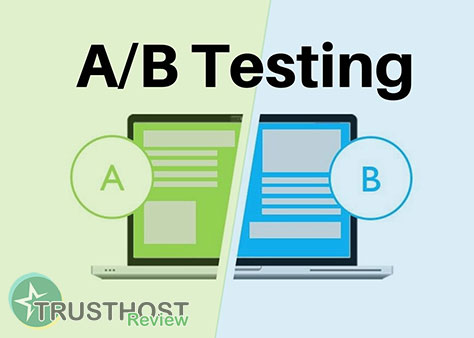Mobile-First Indexing for SEO Success
In today's mobile-driven world, having a website that's optimized for mobile devices is no longer optional—it's essential. With the majority of users accessing the internet through smartphones and tablets, Google has shifted its focus towards prioritizing the mobile experience for ranking and indexing websites. This is where Mobile-First Indexing comes into play.
What is Mobile-First Indexing?
Mobile-first indexing means that Google primarily uses the mobile version of your website for ranking and indexing purposes. In the past, Google's algorithms primarily looked at the desktop version of a website to determine its relevance and ranking factors. However, with the rise of mobile browsing, Google recognized the need to prioritize the mobile experience.
Under mobile-first indexing, Google's crawlers (bots that analyze and index websites) predominantly crawl and index the mobile version of your site. This means that if your website has a separate mobile version (like an m-dot site), Google will primarily use that version to determine your site's ranking factors, such as content, structure, and user experience.
Why is Mobile-First Indexing Important?
Mobile-first indexing is crucial for SEO success for several reasons:
- Improved Ranking: Websites optimized for mobile devices are more likely to rank higher in Google's search results, especially for mobile searches. This is because Google wants to provide its users with the best possible experience, and a mobile-friendly website is a key factor in achieving that.
- Enhanced User Experience: Mobile-friendly websites offer a better user experience, with faster loading times, easy navigation, and readable text. This leads to higher engagement, lower bounce rates, and increased conversions.
- Future-Proofing Your Website: As mobile browsing continues to grow, mobile-first indexing will only become more critical. By optimizing your website for mobile now, you are future-proofing your online presence and ensuring that you are visible to potential customers.
How to Optimize Your Website for Mobile-First Indexing
To ensure that your website is optimized for mobile-first indexing, consider the following key areas:
1. Responsive Design
Implement a responsive design that adapts to different screen sizes and resolutions. This means that your website will automatically adjust its layout and content to provide an optimal viewing experience on any device.
2. Mobile-Friendly Content
Ensure that your content is mobile-friendly, with concise text, clear headings, and easily tappable buttons. Avoid using large images or videos that can slow down loading times on mobile devices.
3. Page Speed Optimization
Optimize your website's loading speed for mobile devices. Compress images, leverage caching, and minimize redirects to improve page speed and reduce bounce rates.
4. Structured Data Markup
Implement structured data markup to help search engines understand the content on your website. This can improve your visibility in search results and enhance your website's rich snippets.
5. Mobile Usability
Pay attention to mobile usability factors such as font sizes, button placements, and navigation menus. Make sure your website is easy to navigate and interact with on smaller screens.
Conclusion
Mobile-first indexing is here to stay, and it's essential to adapt your SEO strategies accordingly. By prioritizing the mobile experience, you can improve your website's ranking, enhance user experience, and future-proof your online presence. Embrace mobile-first optimization today to stay ahead of the curve and ensure that your website is visible and engaging for mobile users.
















